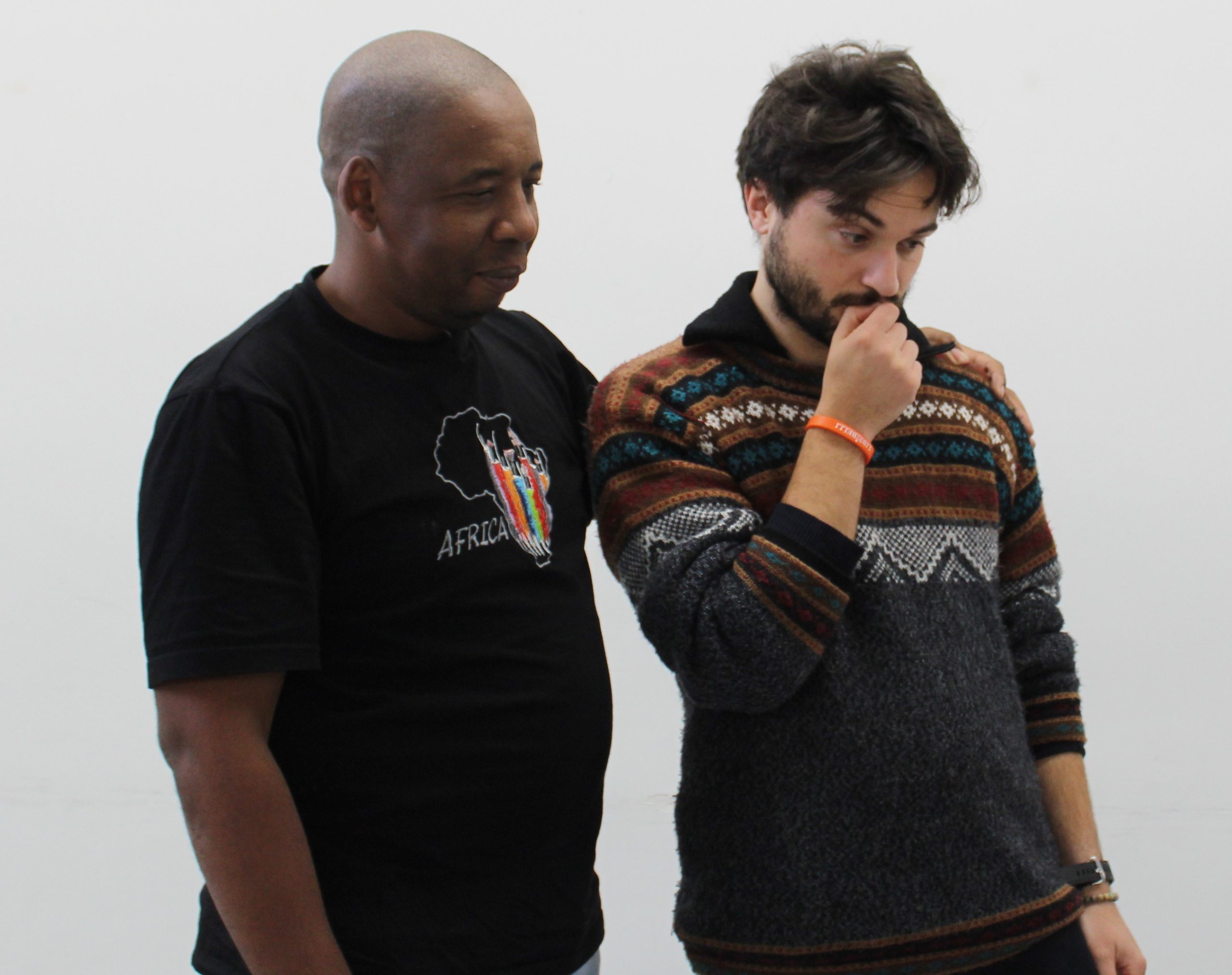Now that you have attended the previous 4 modules, you should be able to “deconstruct” the misconceptions about cross-cultural volunteering. Have a look at the following 4 statements: do you agree with them?

North → South exchange (volunteer from the Global North going to the Global South) is the only existing volunteer exchange
False! As we saw in module 2, we can have different volunteer exchanges: North ↔ South, South ↔ South, North ↔ North. Therefore, learning resources, preparation and training in the field of cross-cultural volunteering should not be targeted to volunteers from the Global North going to projects in the Global South only, but should take into account all different target groups and their needs, motivation and expectations.

The main aim of cross-cultural volunteering is to help children in poor countries.
This way of considering cross-cultural volunteering is too limited and superficial. In module 3 we saw how the “white saviour complex” can negatively affect motivation and expectations, especially in volunteers of the Global North wishing to join projects in the Global South. On the other hand, project managers and organisations based in the Global South can reinforce this trend (although unpurposely) by attracting volunteers in their projects, promising unrealistic goals and thus contributing to developing wrong expectations. In SCI voluntary projects we propose a mutual, cooperative and grassroots approach, where volunteers can learn from each other, develop critical thinking and contribute to supporting local communities.

Volunteering abroad can be compared to a holiday.
There is nothing wrong if a volunteer joins a project to discover more of a culture and a country. However, cross-cultural volunteering is much more than traveling: by joining a short or a long term voluntary project, volunteers have a unique opportunity to understand their potential, their limits and the way they can contribute to a local initiative. Moreover, they can become more autonomous, open-minded, self-aware and respectful towards other cultures and the environment. Last but not least, they can better understand how they can provide an impact to global causes through local engagement.

In a workcamp, all volunteers live in perfect harmony with no conflicts or misunderstandings (after all, they join workcamps to live in peace and to make a better world!)
Module 4 showed us that stereotypes, prejudices and discriminations are always around us. We cannot expect that volunteers, just because they share the same purpose, are not exposed to potential conflicts, misunderstandings or prejudices. This is the reason why SCI organisations invest many efforts and energy in improving pre-departure training for volunteers, training for workcamp coordinators, seminars on NVC, exchange guidelines and quality standards of projects. A workcamp has a strong potential for learning and cooperation, but this potential needs to be nurtured and expressed through the active contribution of all the actors involved: volunteers, coordinators, the hosting organisation and the members of the local community.
Notifications